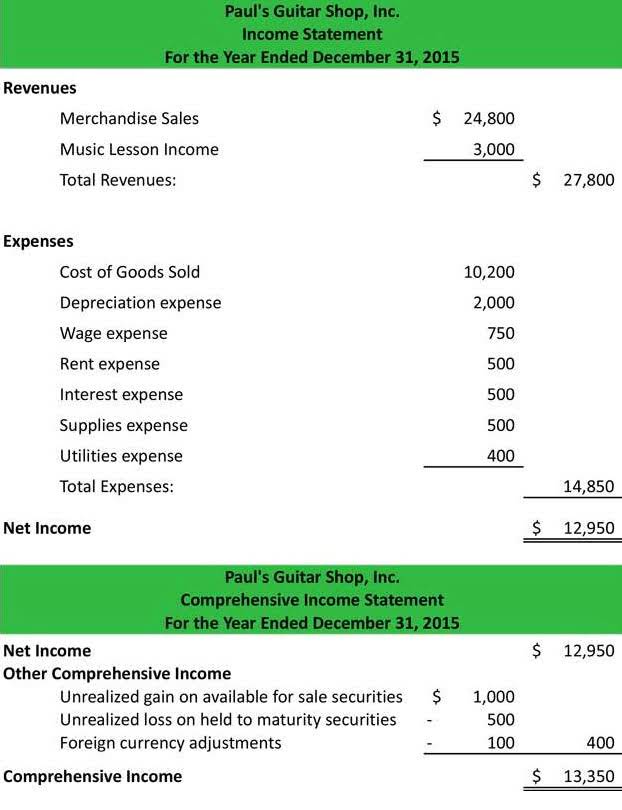Understanding Your Costs: Tips for Wineries of All Sizes

Vineyard management software helps track expenses, optimize resource use, and reduce waste, ultimately increasing profitability. Additionally, vineyard management software tracks labor performance and resource usage, helping reduce costs while ensuring high-quality grape production. These data-driven practices not only improve efficiency but also enhance uniformity and quality across your vineyard. In the food and beverage industry, where margins can be tight and costs like trade spend impact profits, these ratios offer insights into both the overall and specific financial health of your company. First, wines could be kept in storage for more than one year, so you have to allocate costs not just to several types of wine, but also to several vintages of each varietal. And on top of that, the winemaster might decide to engage in blending activities somewhere in the production process, which mixes wines together, and, of course, complicates the cost accounting.
- In contrast, management reporting analyzes department performance as well as its relationship to expenditures and returns on investment (ROI).
- In this guide, we’ll explore how these solutions can help optimize your wine production from vine to bottle.
- Loans and fixed assets will be recorded on the balance sheet rather than on the profit and loss.
- By doing it this way, you avoid nasty surprises that could eat into your hard-earned profits.
- Taking time up-front to define how certain overhead items will be allocated can offer more consistent results year-to-year and build confidence in the information provided by the system, while reducing confusion and wasted time.
- The assumption is that the final consumer will pay for the sales tax on these items, not the winery.
Inventory Methods
This data can drive pricing strategies, promotions, and even future manufacturing decisions. These winery owners are usually highly involved in most aspects of the business. Many, however, lack an accounting background and elect to outsource this area to a bookkeeper. Based on your winery’s unique requirements, we will customize an accounting solution specifically for you. Protea provides services to take over the burdens and responsibilities of finding, managing, and training an accountant or bookkeeper for businesses and free up proprietors’ time, so they can focus on building their businesses.
Deep Winery Industry Expertise
- In order to know your cost of goods sold (COGS) in a period you must first know what it cost you to produce those wines—this is referred to as the Cost of Goods Produced (COGP).
- Common mistakes include not keeping accurate records, neglecting to track all expenses, and misunderstanding tax laws.
- Then there’s the cellar operation, where the juice is kept in tanks to let the sediment drop out, followed by fermentation, and then bulk aging in oak barrels or stainless steel tanks.
- Since the wine industry can be fickle, it is essential to make sure you track everything carefully.
- To evaluate your winery’s performance, it’s essential to have insight into its profit margins.
It’s important to keep track of expenses accurately if you want to calculate your real cost of goods sold (COGS) and profitability. Use an expense-management software or create a robust system to group and track costs over the course of the year. Your tax preparer will likely also need to consider overhead when preparing the tax return for the winery, winery accounting unless the winery meets certain qualifications and certain elections are made. Many tax preparers will prepare a separate inventory costing for tax purposes based on the tax laws which contain differences from U.S. An audit provides the highest level of assurance of all engagements performed in accordance with the standards established by the American Institute of Certified Public Accountants (AICPA).
- Isolating the costing pools at various stages of production aids in allocating period overhead costs more precisely and allows for more accurate tracking of the component costs of blended wines.
- Understanding COGS helps wineries determine the actual cost of producing their wine, including raw materials, labor, and overhead.
- When the turnover rate is low, a business can run marketing campaigns and promotions to increase sales.
- The wineries prefer to use last in, first out costing to value their ending inventory, since it matches their latest costs against revenue, which should lower their taxable income.
- Reach out to Protea Financial if you need help with your wine accounting or bookkeeping, or even if you aren’t sure what the next step for your business should be.
- The process of applying overhead costs should evolve over time as operations become more complex, and so too should the allocation methodology—without negatively impacting consistency.
Limited Production Wineries: Fewer than 1,000 Case Production

So, logically, a high-grade red wine should accumulate a lot more indirect costs than a product that spends less time in the winery. Ongoing communication between the winemaking staff and accounting staff is critical to establishing accurate inventory values and COGS calculations. The next step is to create internal reporting protocols to appropriately record COGP and develop a process and rationale for costs to be assigned to specific lots or blends and allocated between departments. It’s ideal to establish departments that correspond to the natural flow of the winemaking process. Reconciliation helps to detect and prevent errors, fraud, and gives an insight on your cash flow.

Secure Your Financial Data
The primary benefit is that the inventory tracking and costing method is cheaper than the alternatives. The downside is that it involves manual steps, which increases the potential for error, and the inventory count becomes outdated the moment a sales or production transaction occurs. Also, estimated costs may not be accurate and can skew the final numbers. This approach also results in lack of accurate and timely financial reporting results in between each physical count and adjustment process. Typically, a contra-account will be used to transfer portions or totals of each cost center or department to inventory on the balance sheet.


Generate key financial statements, including your Bookkeeping for Veterinarians balance sheet, income statement, and cash flow statement. These statements provide a snapshot of your winery’s financial health and performance. Budgeting by department is common and key metrics are used to manage the company.
Labor

Partnering with a retained earnings balance sheet specialized accounting service like Protea Financial can help mitigate these risks. Tax accounting for wineries involves managing excise taxes, sales taxes, and import/export taxes. Proper tax accounting ensures compliance with local and federal regulations, helps avoid penalties, and can optimize tax liabilities.
